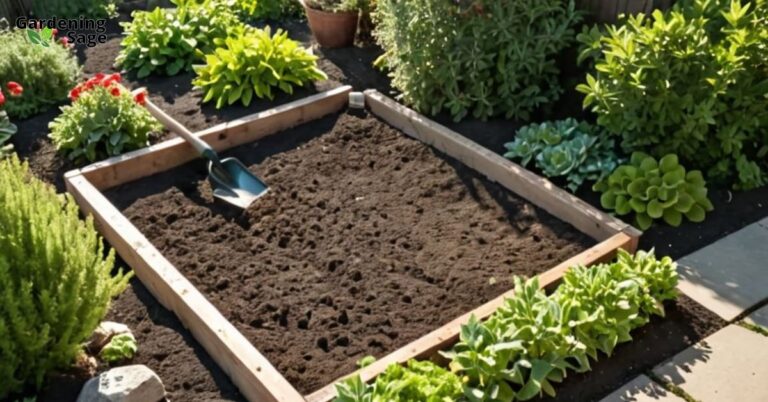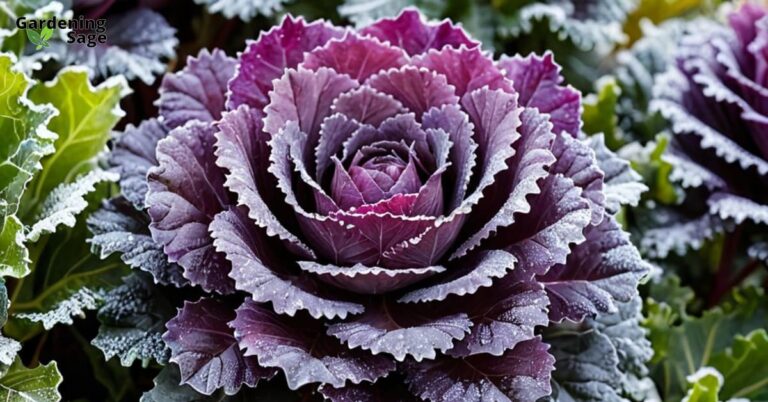The Secrets Behind a Thriving Garden
A bountiful garden overflowing with fruits, vegetables, and flowers is the dream for many green thumbs. But achieving that picturesque, abundant harvest requires knowledge, planning, and care. By understanding optimal growing conditions and implementing key gardening practices, you can cultivate a garden that yields bushels of produce and radiates with botanical beauty.
Choosing the Right Plants
The foundation of any prolific garden is choosing plants suited to your climate and growing conditions. Consider factors like sunlight exposure, soil type, and average rainfall or irrigation when selecting crops. Favor heat-loving plants like tomatoes, peppers, and eggplant if you have hot summers. Opt for cool weather crops like kale, carrots, and beets in milder climates. Matching plants to your environment ensures healthy, resilient growth. Additionally, consider the length of your growing season and select varieties that will have enough time to mature before the first frost.
Preparing the Soil
Rich, loose, well-drained soil gives plants the nutrients and room to spread their roots and thrive. Each spring before planting, turn over beds and blend in 2-4 inches of compost or well-rotted manure. This boosts fertility and allows for good drainage. Test soil pH and amend acidity if needed so plants can properly absorb nutrients. Install raised beds in low-lying areas prone to compaction. With ideal soil conditions, your garden will flourish. Additionally, consider adding organic matter annually to maintain soil health and structure.
Following Best Planting Practices
Adhering to optimal planting techniques ensures each seed or starter has the best shot at maturity. Follow packet instructions for proper planting depths and spacing. Water newly planted beds thoroughly and consider using row covers to retain moisture. Use trellises and cages to support vining crops like pole beans and tomatoes. And don’t forget to label! Tracking what you have planted where makes garden maintenance easier. Proper planting also involves rotating crops to prevent soil depletion and reduce the risk of disease.
Consistent Care and Maintenance
An abundant garden requires diligent care all season long. Schedule regular weeding to prevent roots from competing for resources. Add mulch to suppress weeds and retain moisture. Install soaker hoses or drip irrigation and water deeply 1-2 times a week. Fertilize midseason to replenish nutrients. Monitor for pests and disease and treat organically at first sightings. With attentive, proactive garden maintenance, you’ll be rewarded with a lush, healthy harvest. Remember to prune where necessary to encourage growth and improve air circulation among plants.
Succession Planting for Sustained Yields
Maximize your growing space and extend your harvest by succession planting. This technique involves staggering plantings of quick-maturing crops like radishes and lettuces over the course of the season. As early plantings are harvested, the space is replanted. This provides a steady supply of bounty versus one single harvest. Use this strategy for lettuce, spinach, beans, beets, carrots, peas, and more. With a plan, your garden can keep producing into the fall. Succession planting also allows you to experiment with different varieties and extend the enjoyment of your garden.
Embrace the Joys of a Bountiful Garden
With research, preparation, and attentive care, you can cultivate a garden that overflows with flowers, vegetables, and herbs. Follow best practices for plant selection, soil health, planting techniques, and consistent maintenance. And don’t forget to enjoy! Wander through your lush oasis, snacking on juicy tomatoes warm from the vine. With each nourishing bite, you’ll savor the sweet flavors of garden abundance. Share your harvest with friends and family, and take pride in the sustainable, vibrant ecosystem you’ve nurtured right in your backyard.














